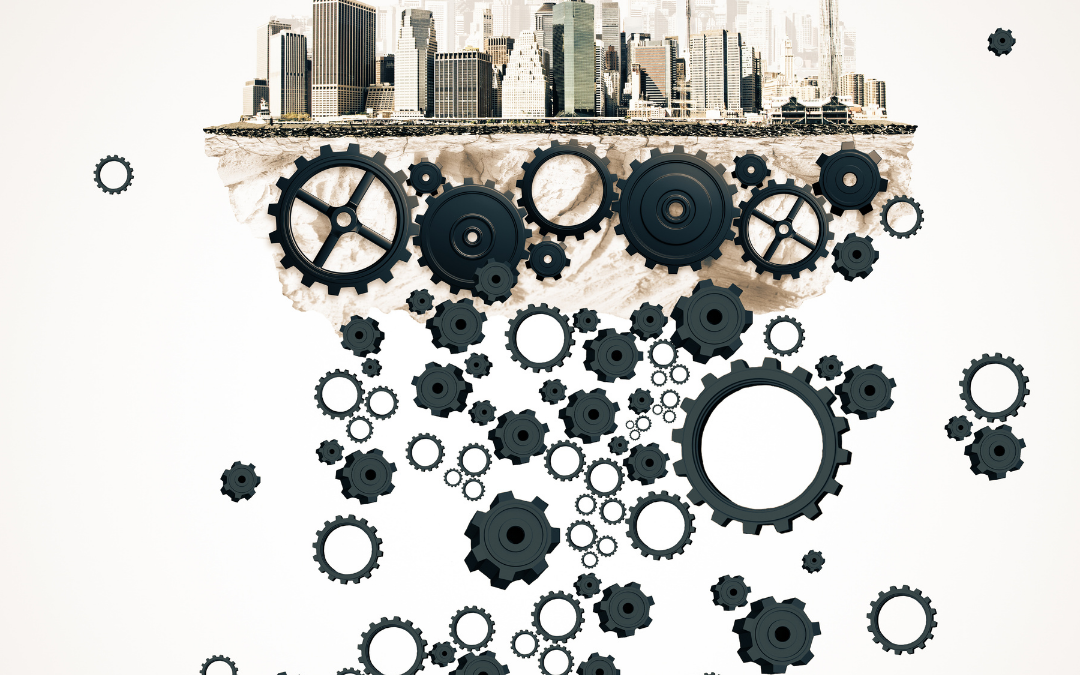There is More to Machine Learning Than Robots
Many manufacturers have already implemented more physical AI tools into their operations. Factories all across the world are adding more and more robot arms to many steps in the process, be it in the laboratory or the warehouse.
Whether those arms are sorting through items on the assembly line or packaging the finished products for delivery, businesses everywhere have already incorporated AI into their operations.
However, the uses for AI in the manufacturing process go far beyond the more mundane and simple tasks like picking up objects and placing them in this or that bin. You already know that there is a wide variety of tasks involved in the manufacturing process that do not even involve robots, or even physical labor, necessarily.
Some of these more complex, mental, and typically human-associated tasks can be outsourced to an AI agent, such as those offered by Findability Sciences , and to great effect.
Our articles on manufacturing and AI will give you a rundown on a fair number of the many uses AI has for your business, robot arms not included, but first we will introduce some key aspects of artificial intelligence to show you how these solutions surpass human labor.
Predictions Drive AI Solutions
The topic of prediction is quite general, but is worth mentioning, because virtually all processes in artificial intelligence involve prediction. Even when the robot arm needs to decide, when picking items to include in a package, whether an item is damaged or okay to ship.
Virtually all of the non-physical tasks for AI involve prediction, and they create their predictions based off of what you probably consider to be one of your most valuable holdings: Data.
You already use data in your daily decision-making, but what an AI tool offers is an unparalleled, truly inhuman ability to handle vast quantities of data. That’s right, AI is a big data slayer.
And that is only half of what it offers, because AI’s data analysis abilities are lightening-fast, able to handle all of that data, big data, in a matter of minutes, sometimes even seconds. In short, if you want high-performance data analysis, then consider an AI implement.
Among the prediction-based solutions offered by AI is sales forecasting, which we will cover in our next article. If your business is not bankrupt, chances are that you already do some form of sales forecasting, yet, as we will learn later, AI can be a much more accurate predictor than a store manager making an educated guess about how to stock the shelves for the next shipment of products.
Machine Learning Means Consistent Improvement
We have used the term machine learning throughout this article so far, but it is worth going into detail about what precisely we mean by machine learning.
We can start by defining that other term we have been throwing around, and that we are sure you have been increasingly encountering over the past few years: Artificial intelligence (AI).
AI is a field associated with computer science. In a word, it involves teaching computers to think. When we use the word “computer,” we are referring to more than just your laptop. Even your phone is a computer, if you have a smartphone, that is.
Pretty much all AI agents rely on algorithms to do their thinking. An algorithm is basically a step by step set of instructions that lead someone from a given piece of information to a solution. Humans use algorithms. For example, the traditional method of addition, that lets you divine, for example, 4 from the problem 2+2, is an algorithm.
Similarly, in AI, algorithms are used to make the AI agent reach a solution based on certain data. In sales forecasting, the agent is given, say, the previous week’s sales, and this is inputted into an algorithm wherein the data is analyzed, and a prediction for next week’s sales is created.
Finally, machine learning is a subfield of AI, where the concentration is on creating AI agents that can not only reason independently, but learn as well. Machine learning algorithms ensure that an agent is not only creating accurate predictions, but that its predictions improve steadily as it completes tasks over and over.
So, a machine learning agent, such as Findability Sciences’ Predict+ platform, will be able to craft better predictions the more it becomes familiar with your company’s data, week after week, month after month, and so on.


Recent Comments